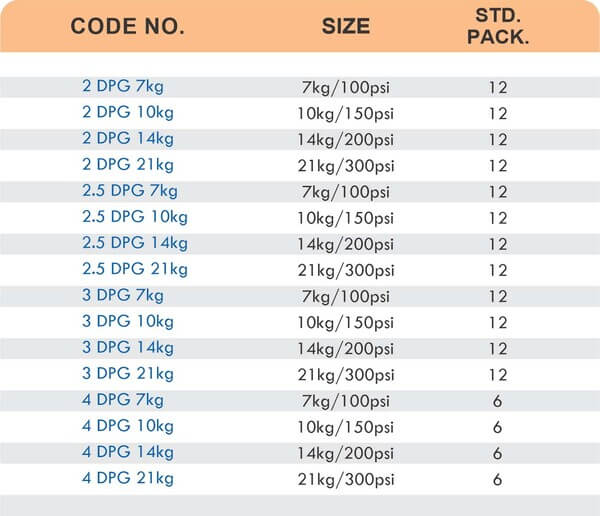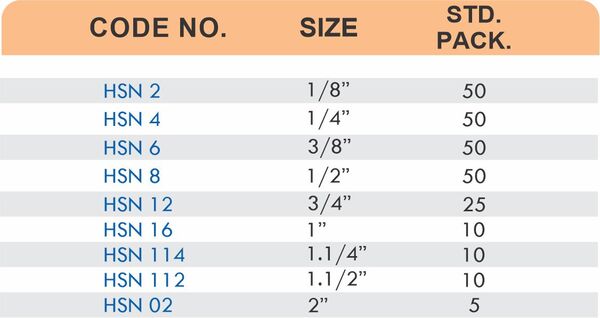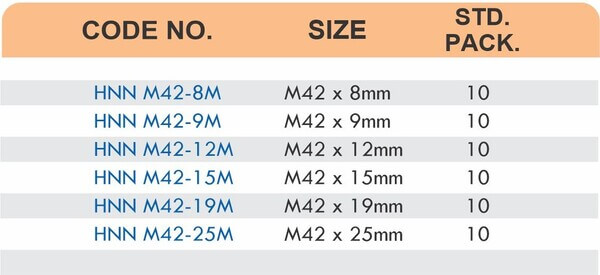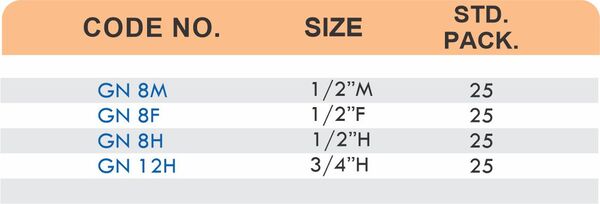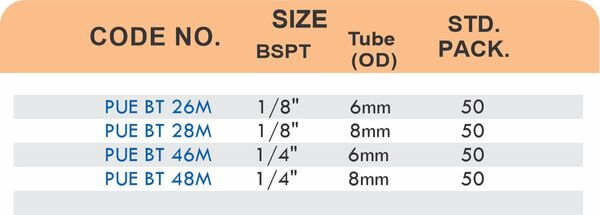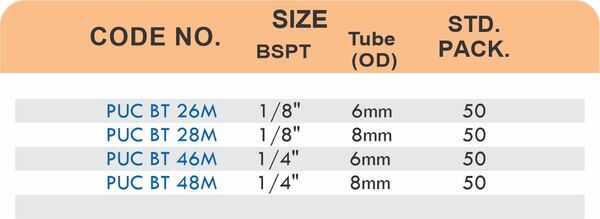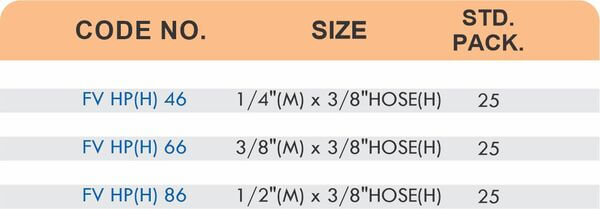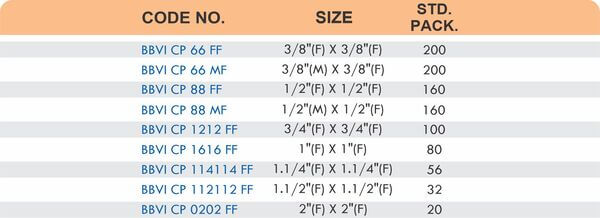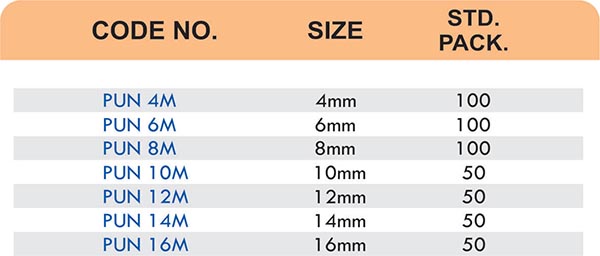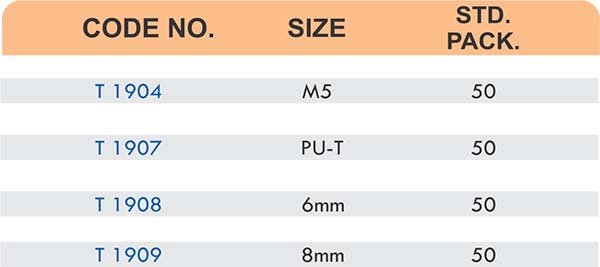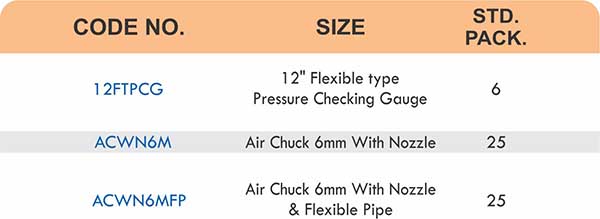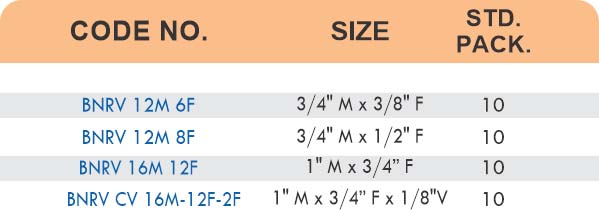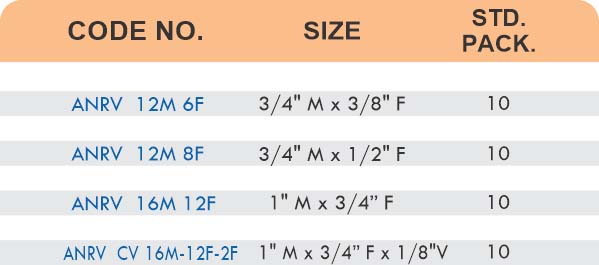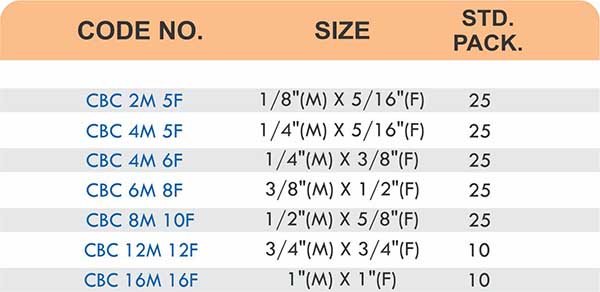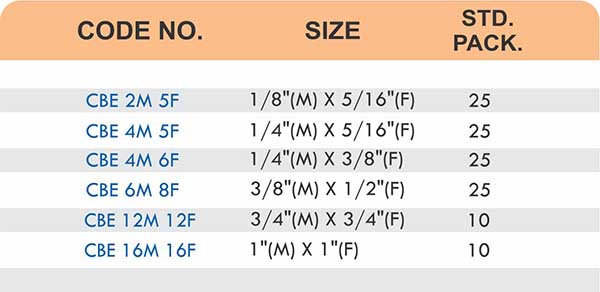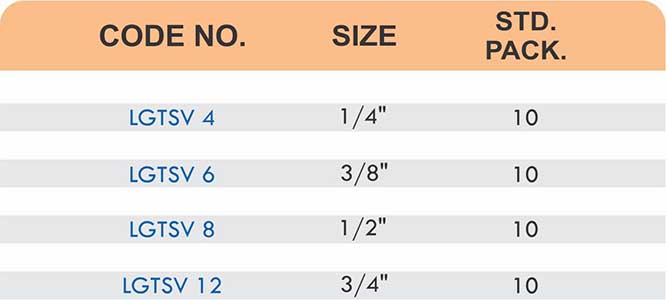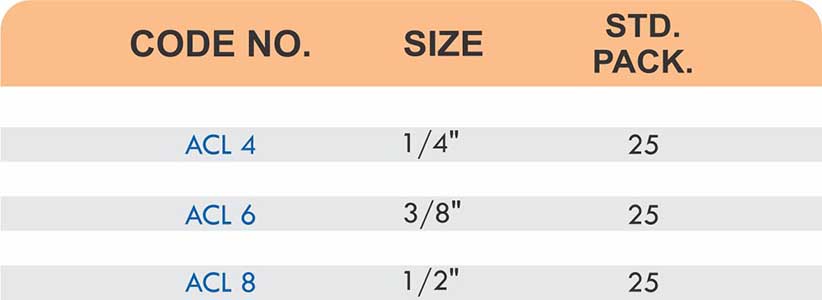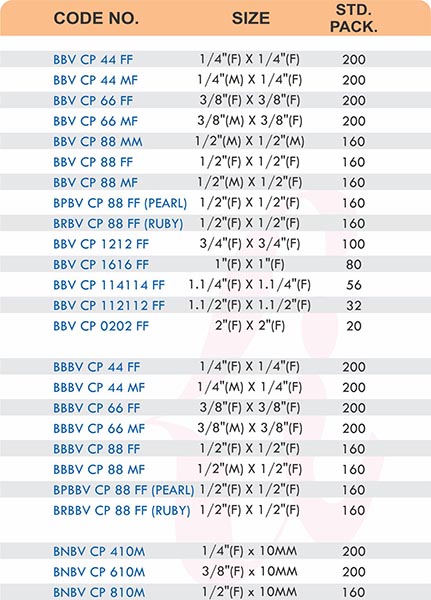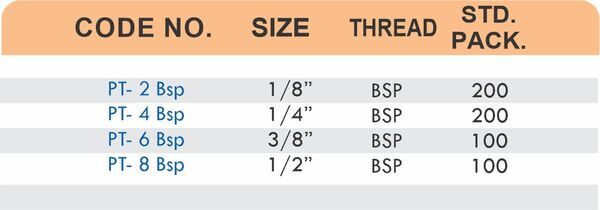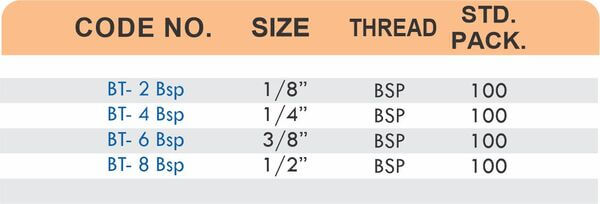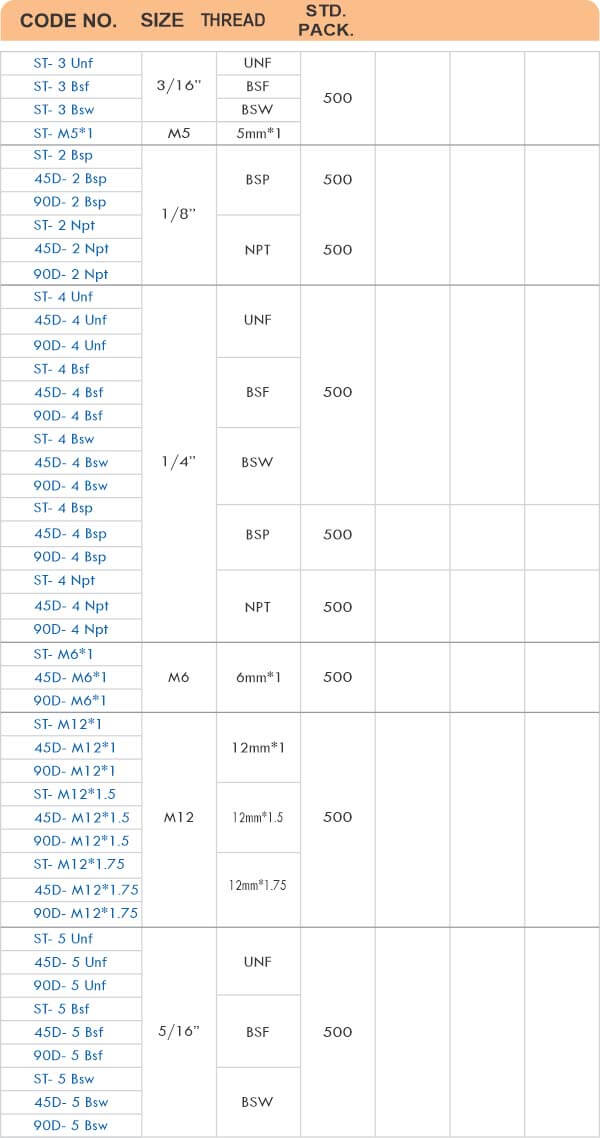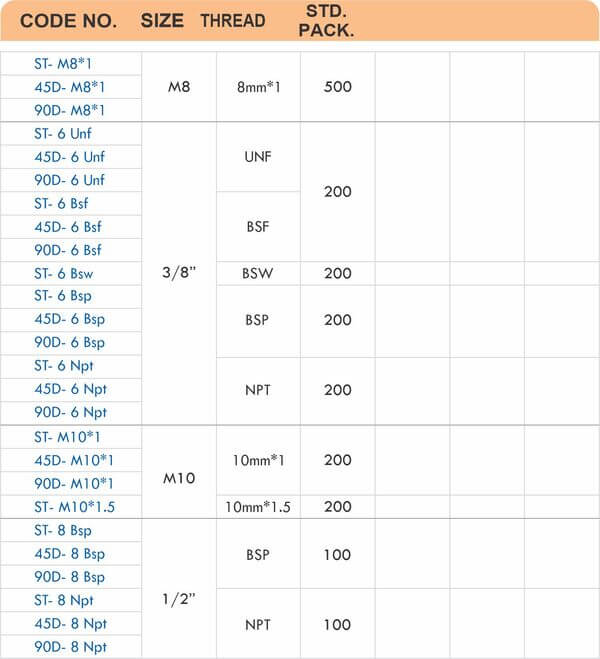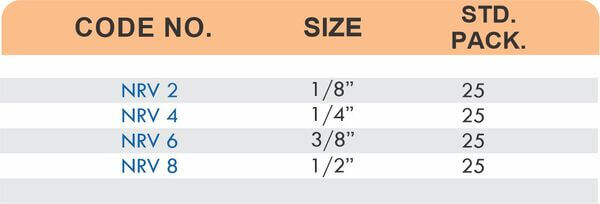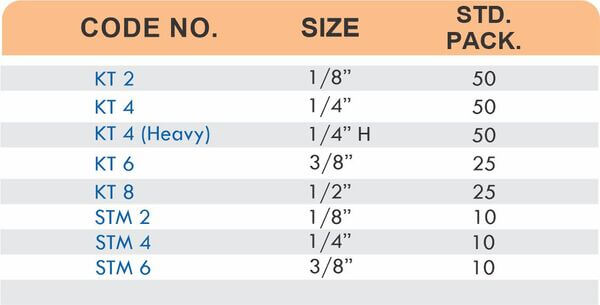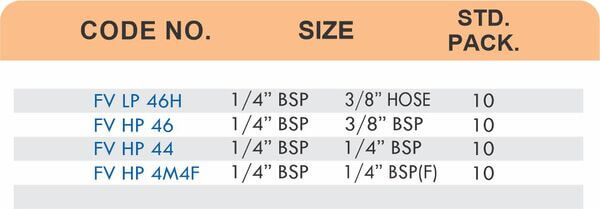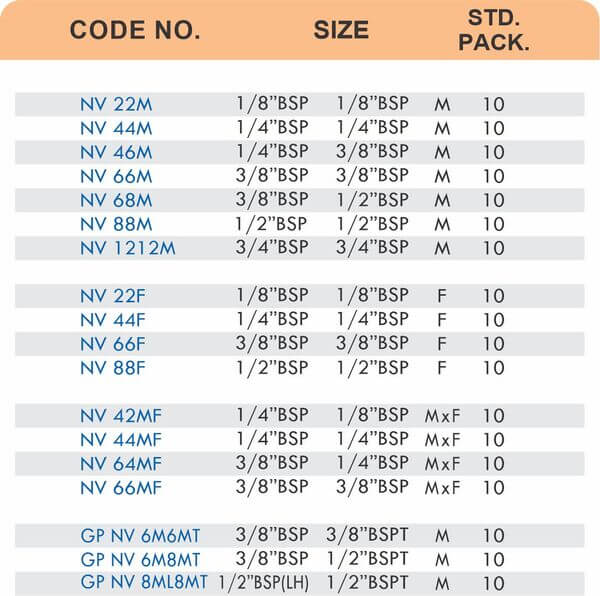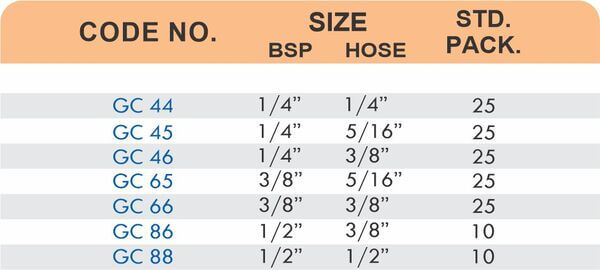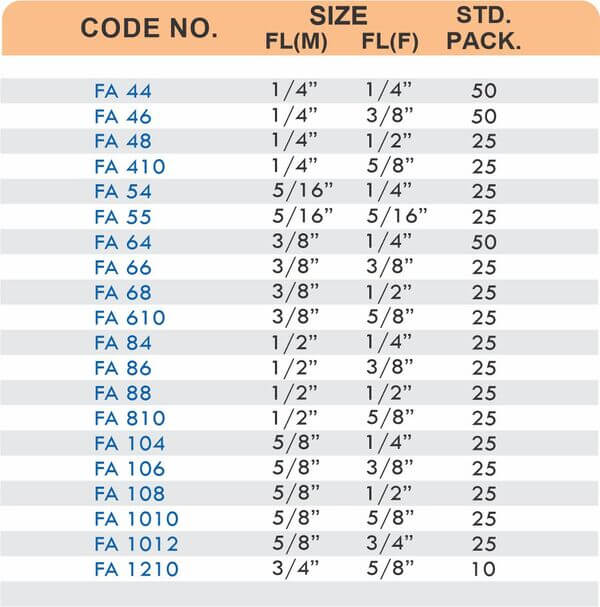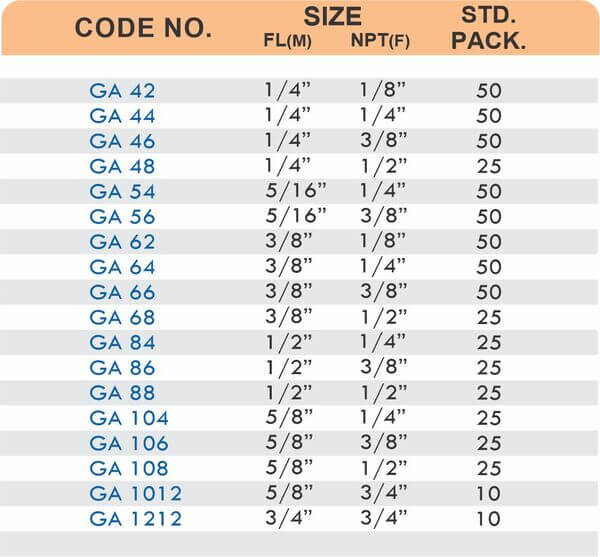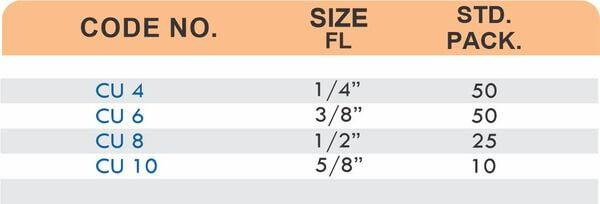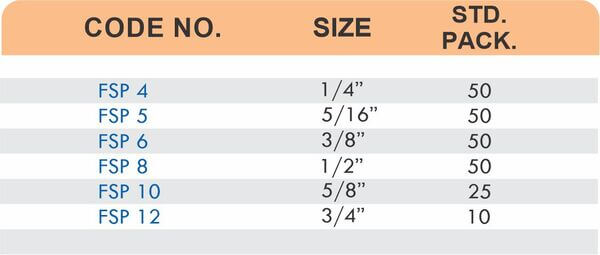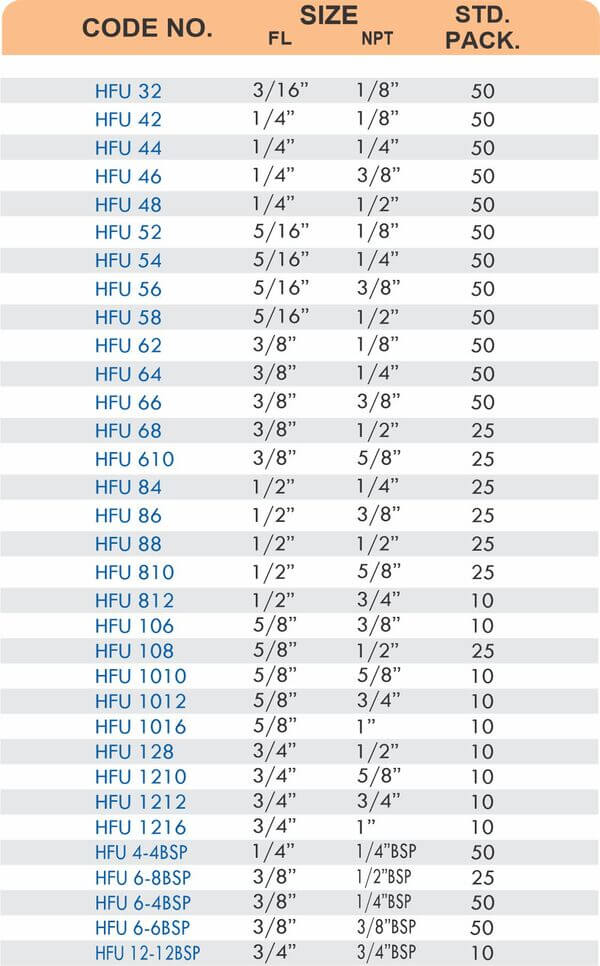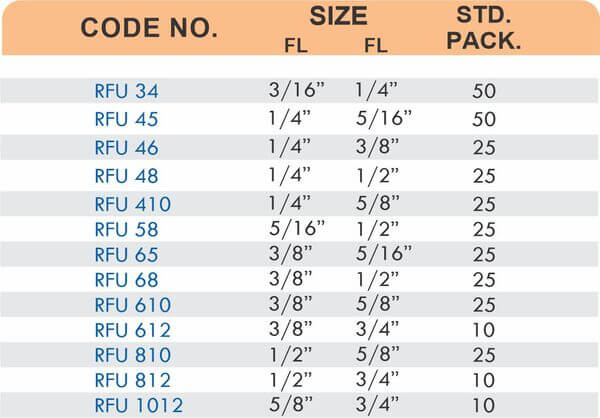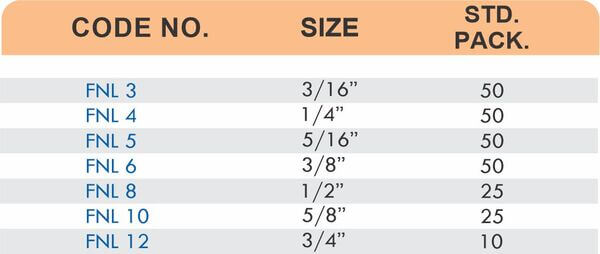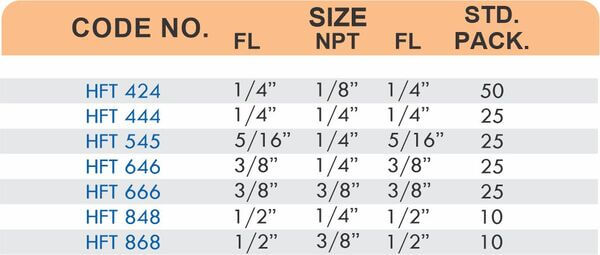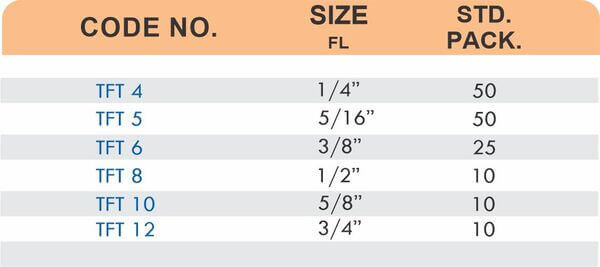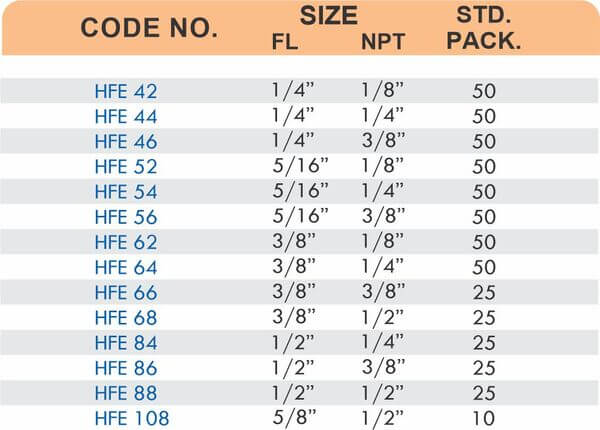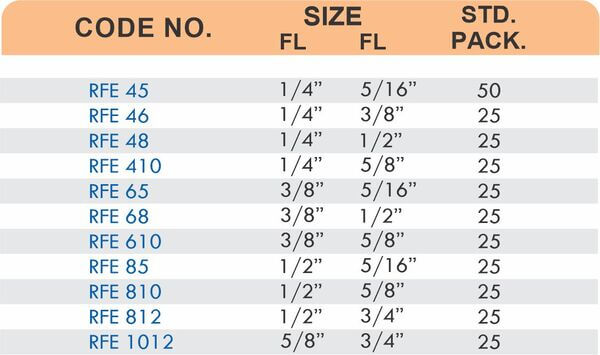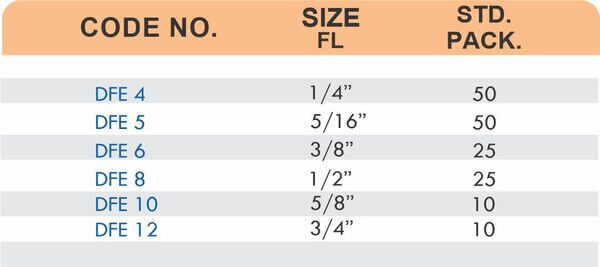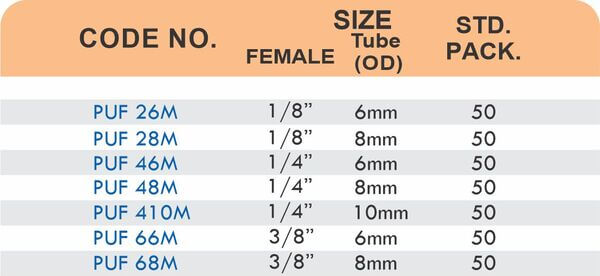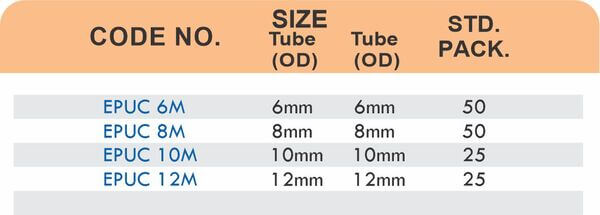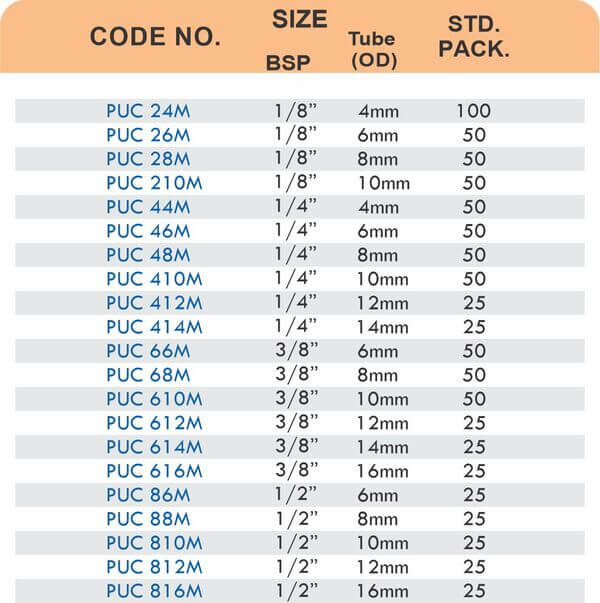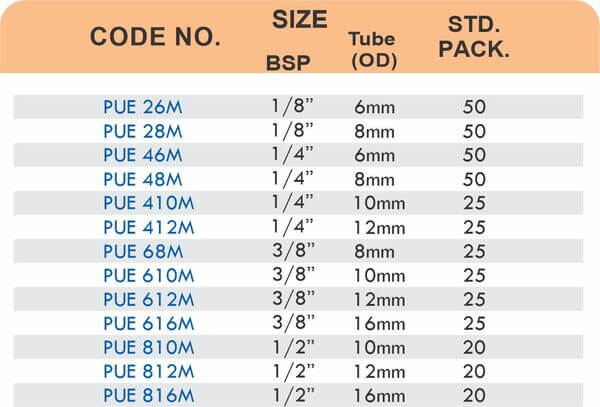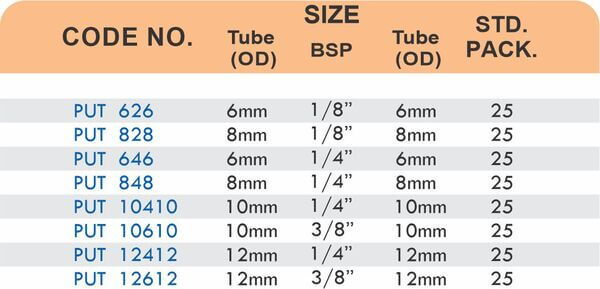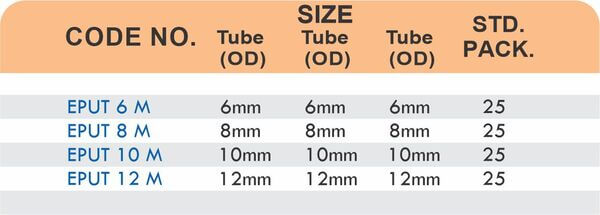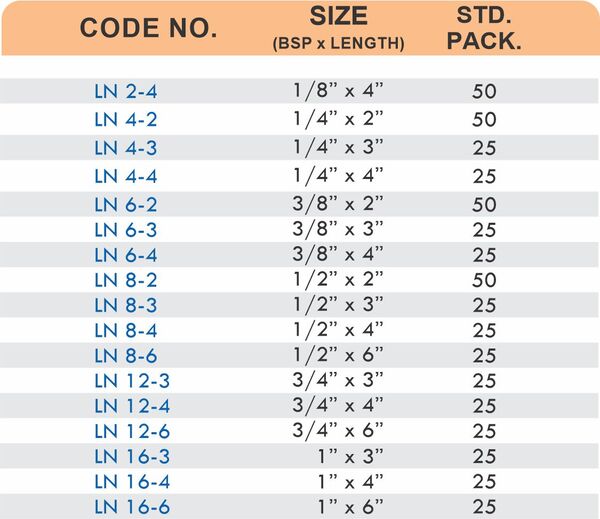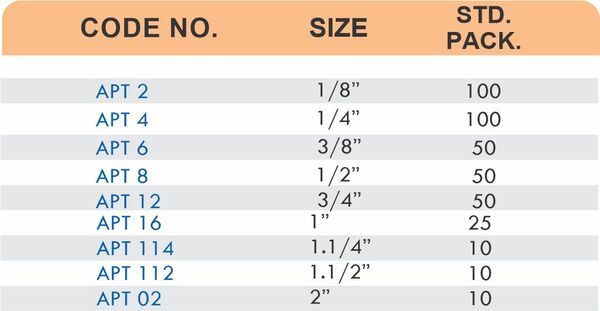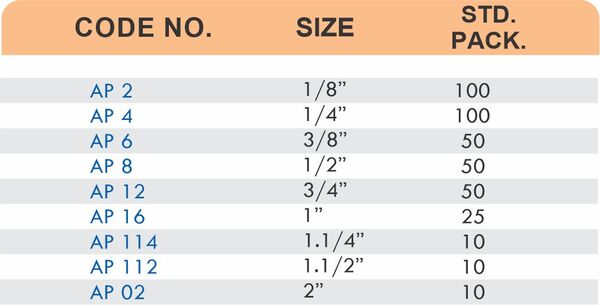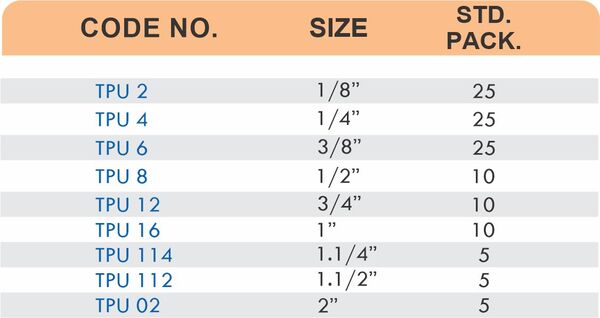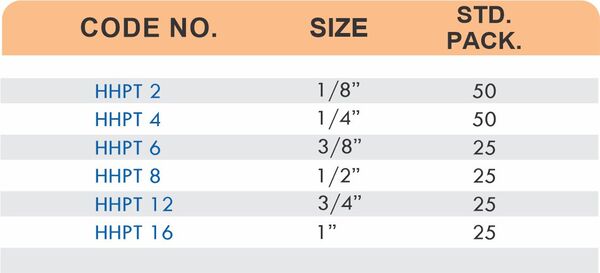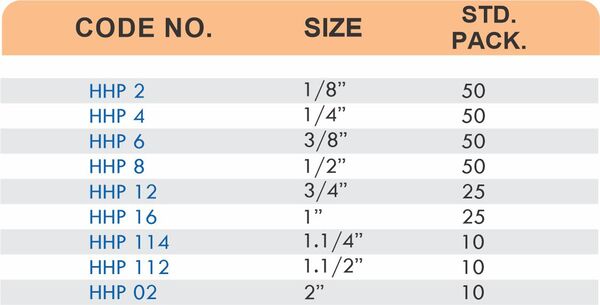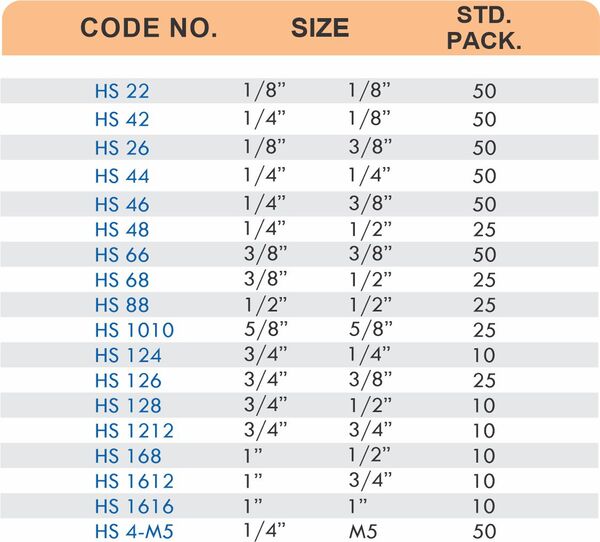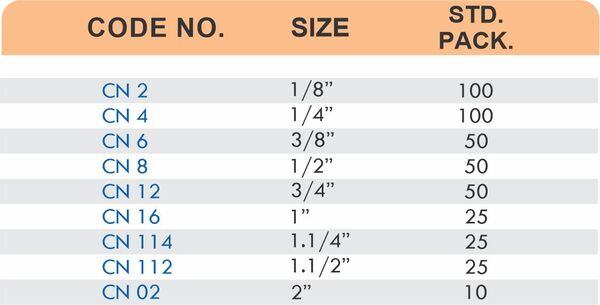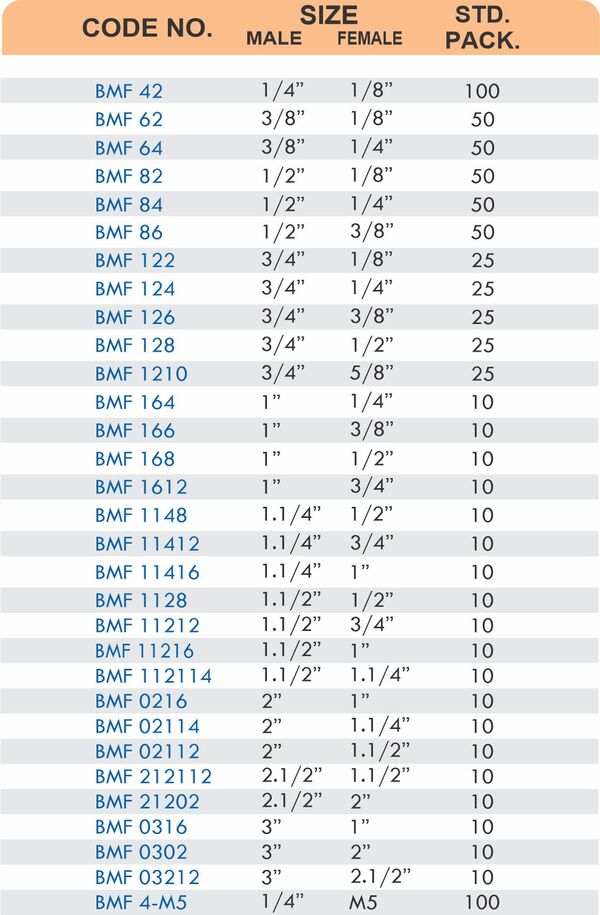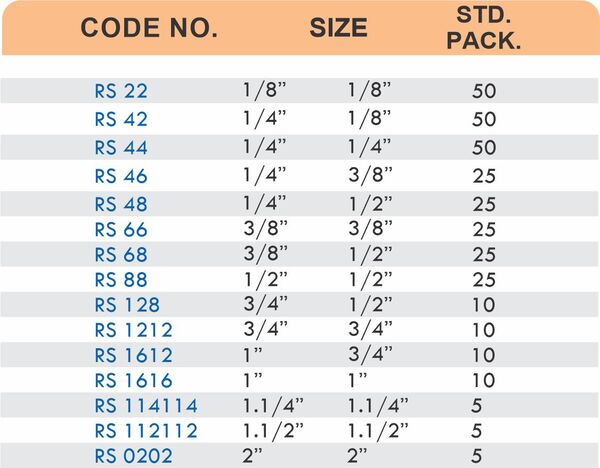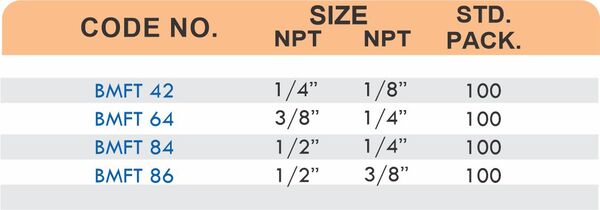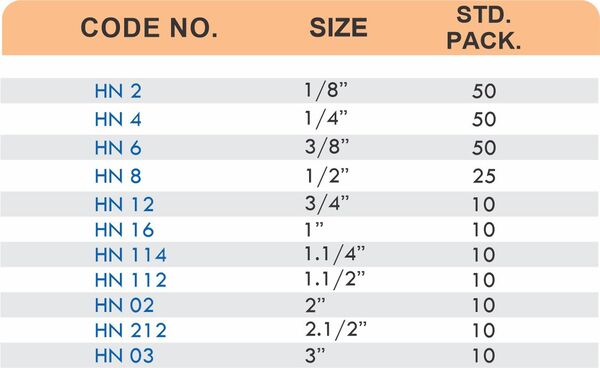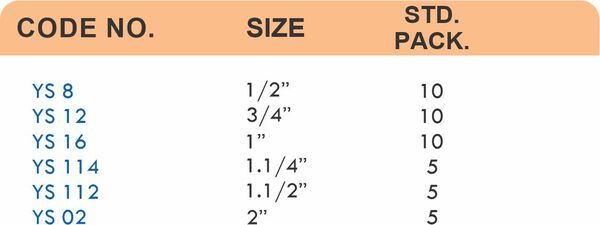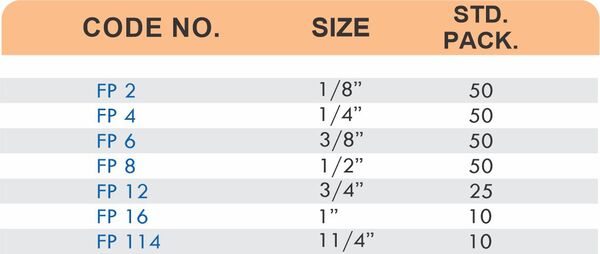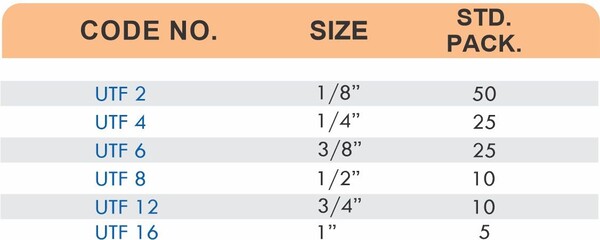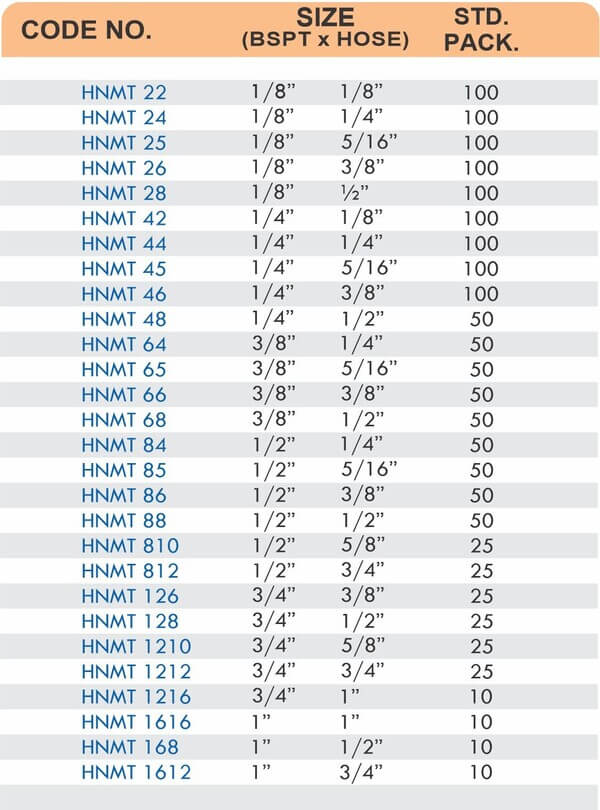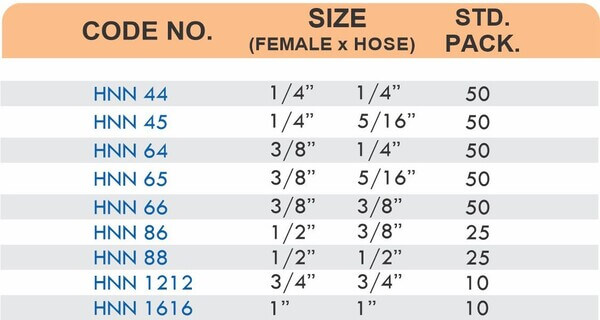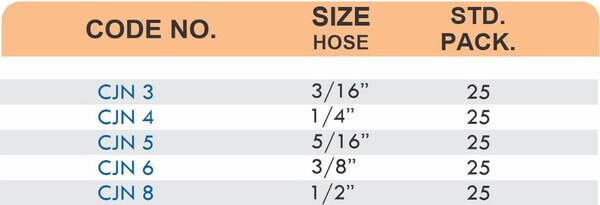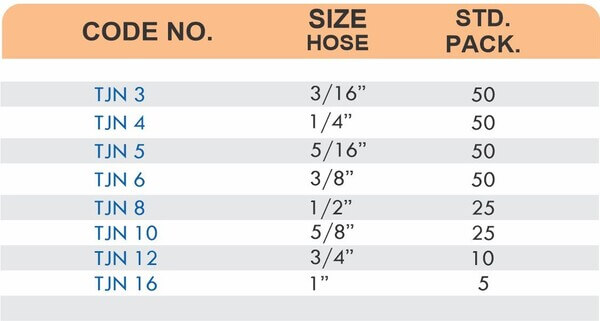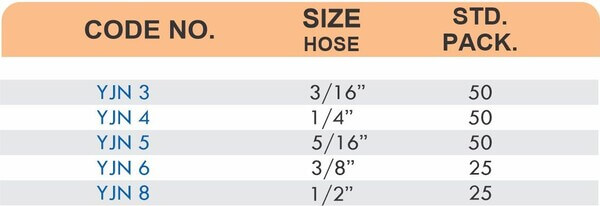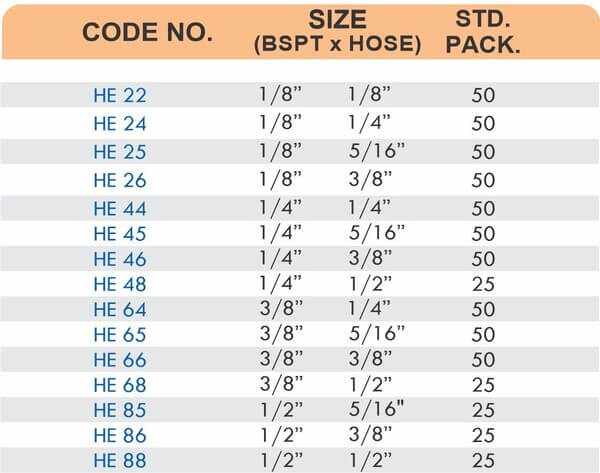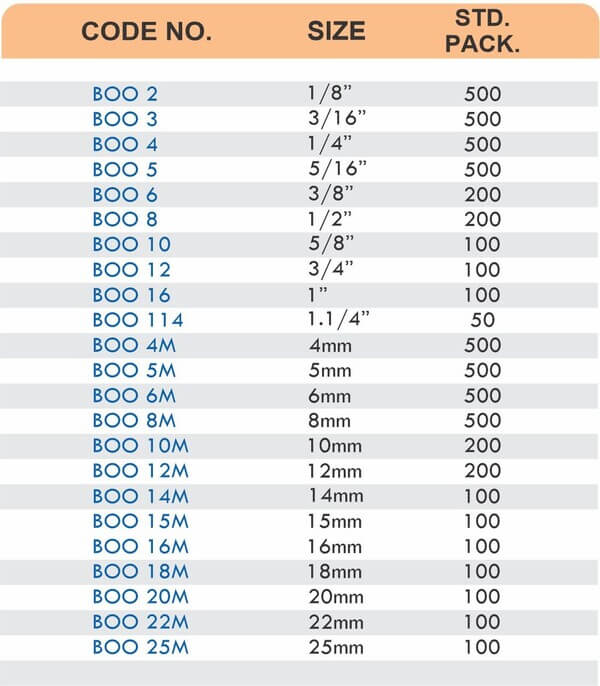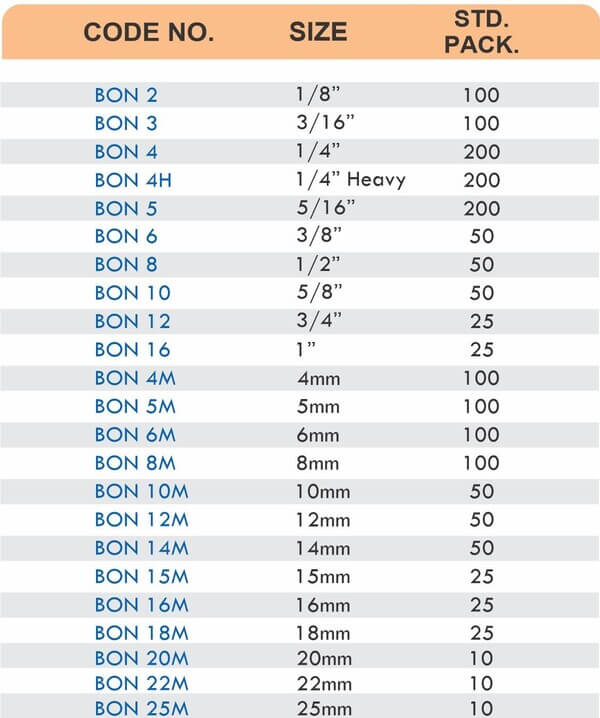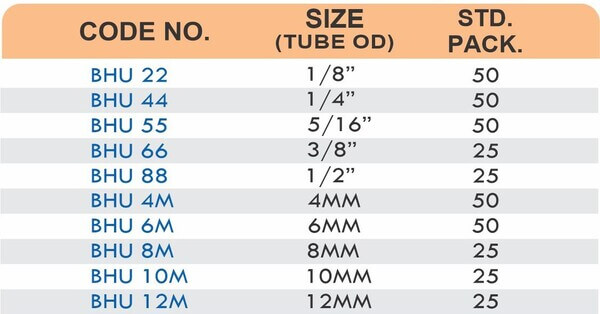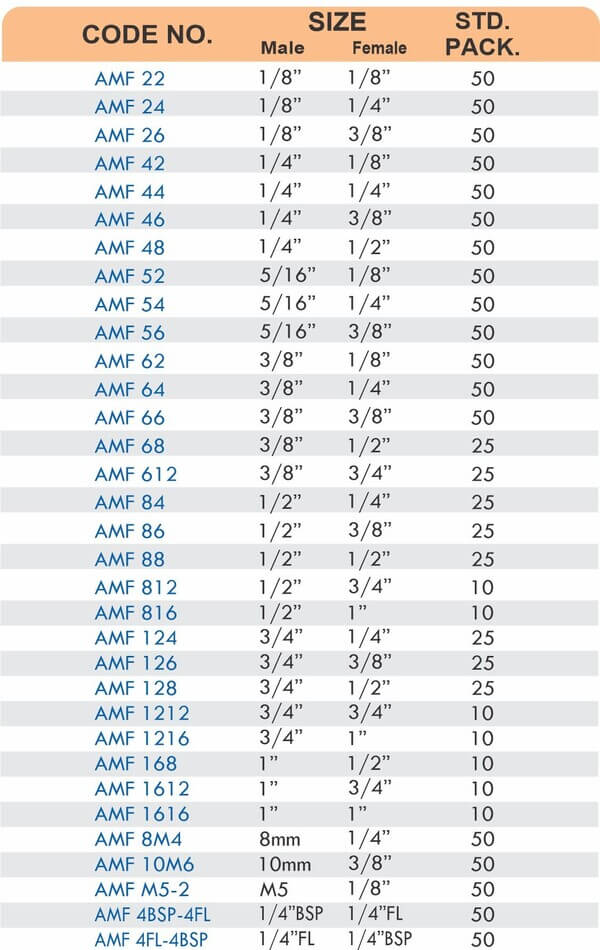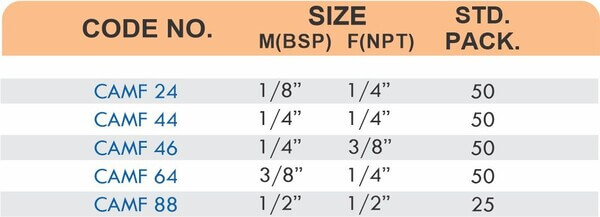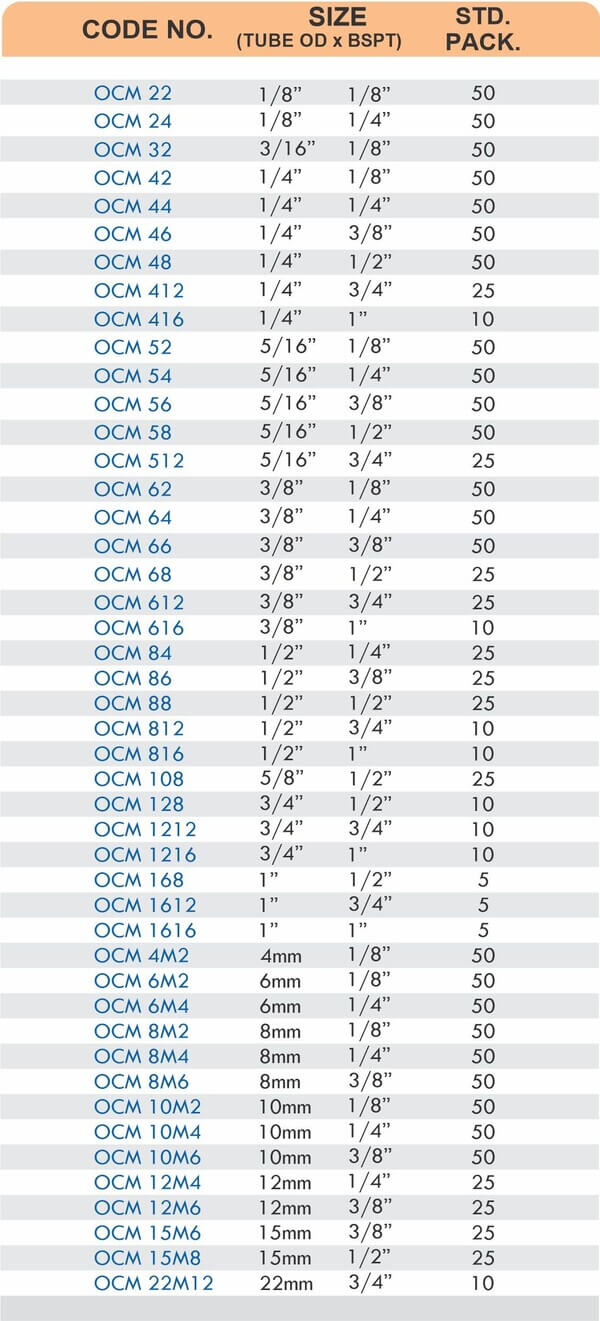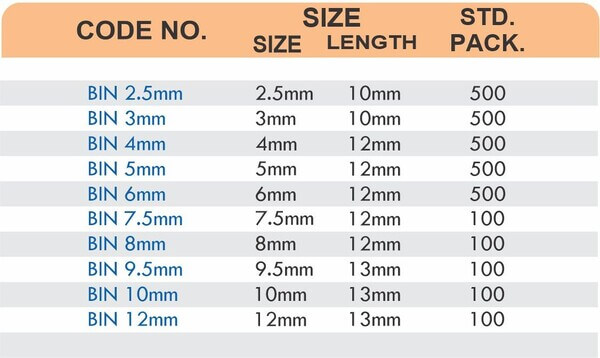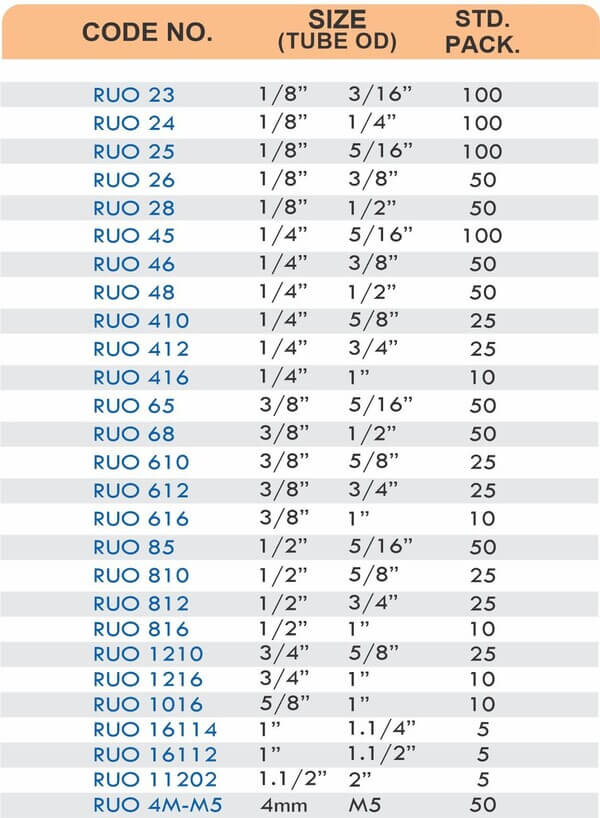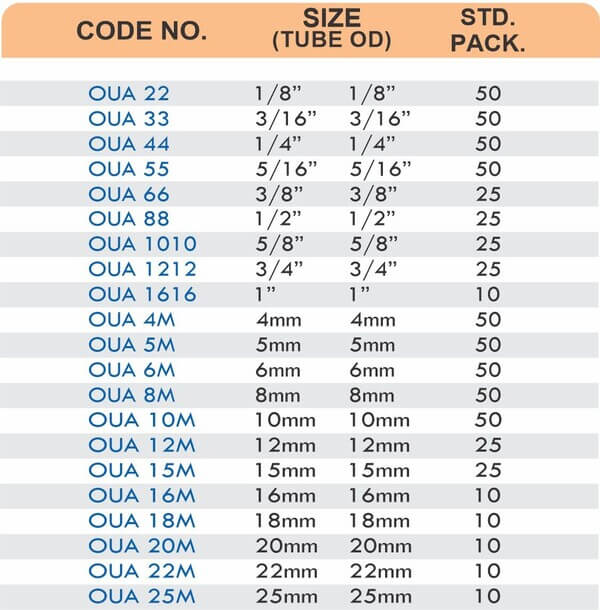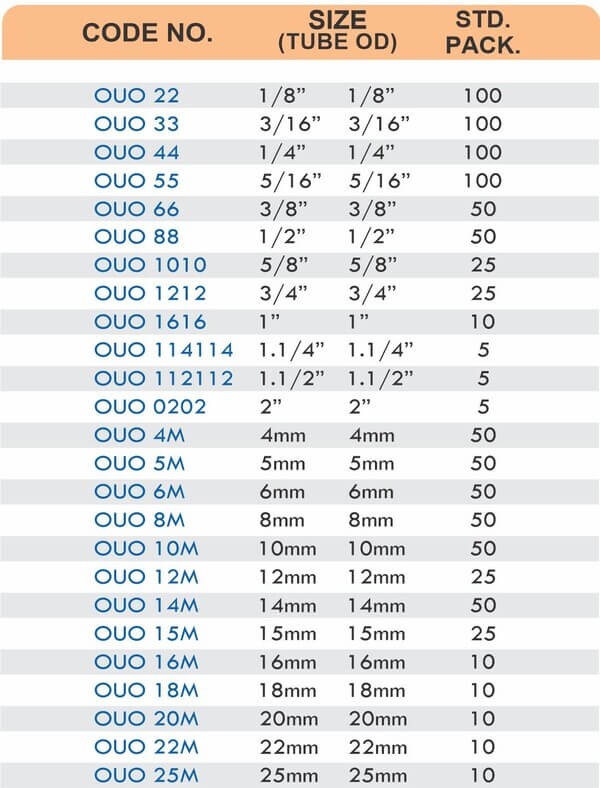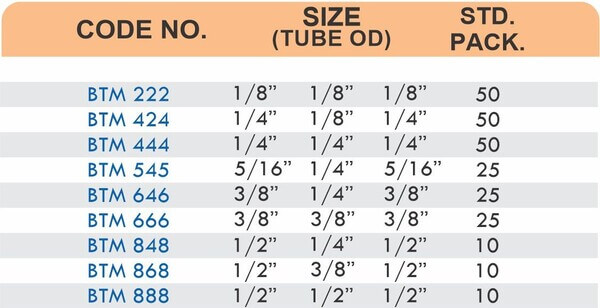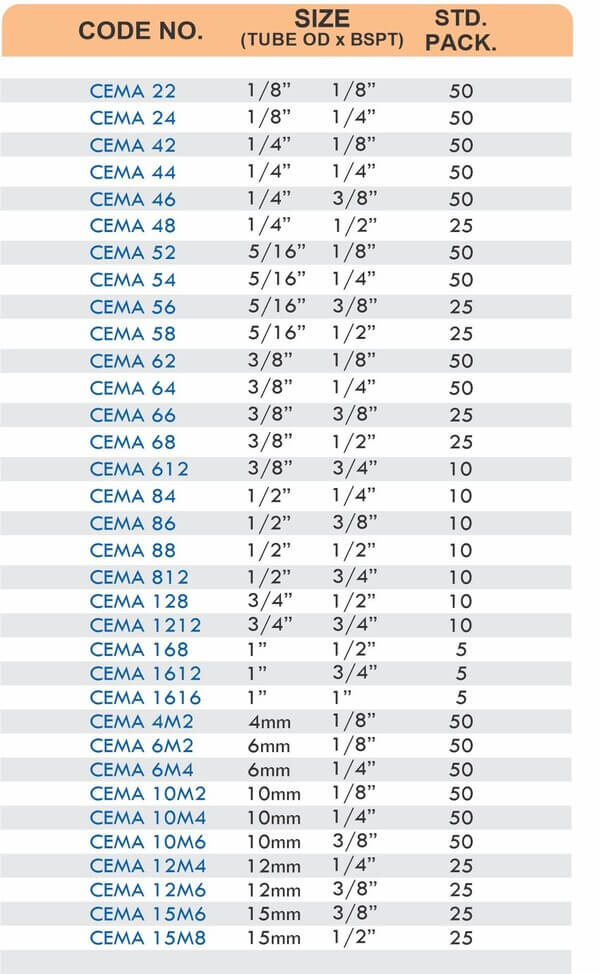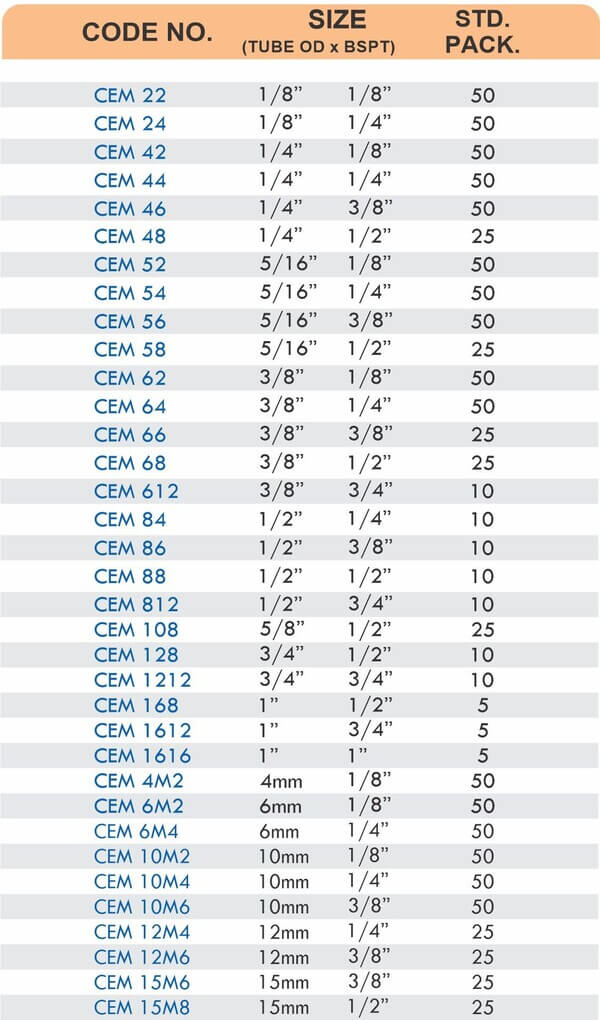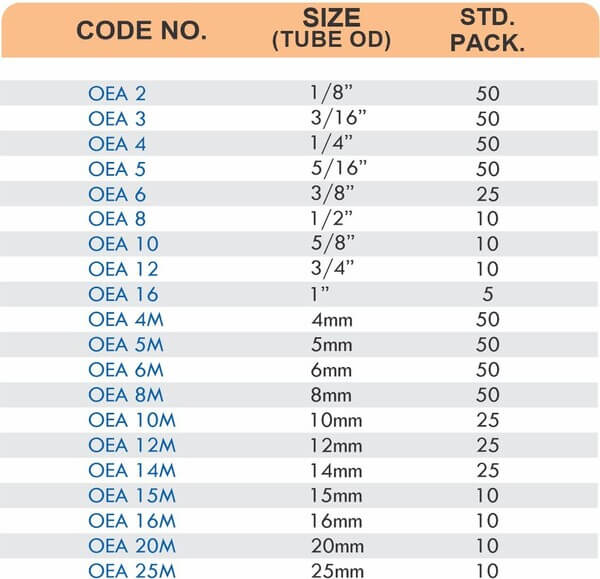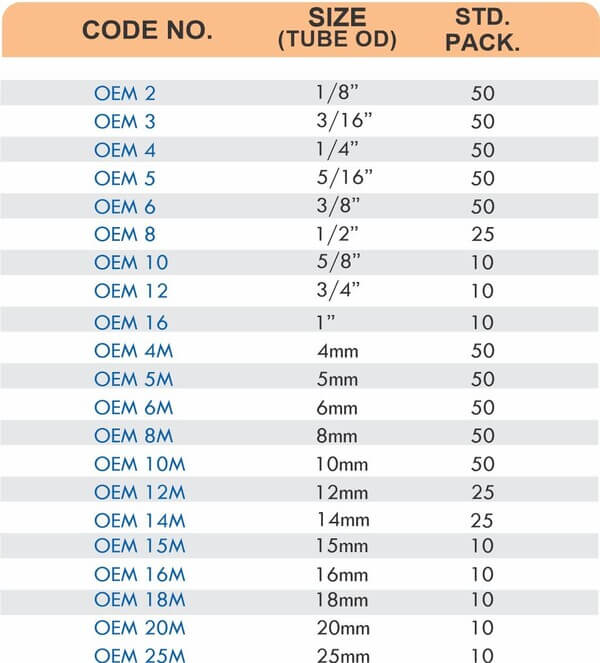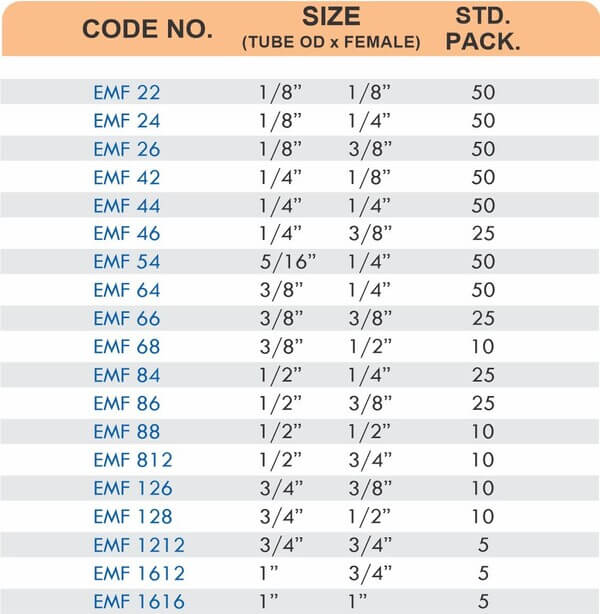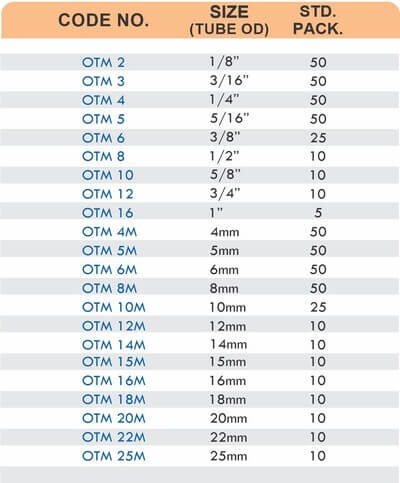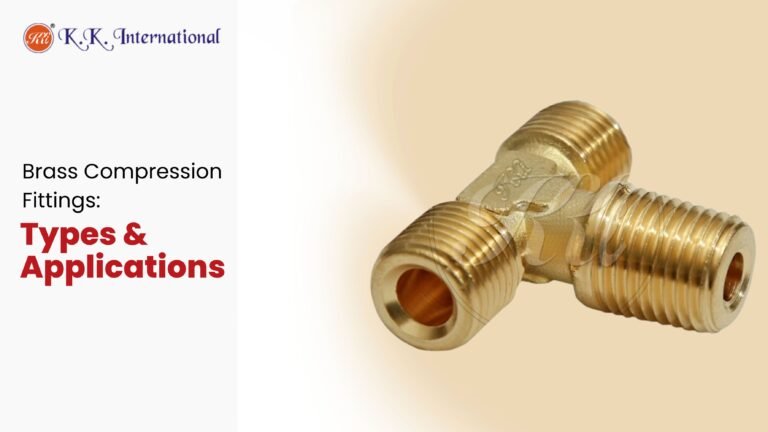
Brass Compression Fittings: Types & Applications
Choosing the wrong fitting type costs you more than money—it costs you downtime, repairs, and lost productivity. Brass compression fittings solve connection problems across dozens of industries, but only when you match the right type to your specific application. Most buyers waste time sorting through incompatible options because they don’t understand how fitting geometry, pressure ratings, and material compatibility intersect. This guide breaks down the main types of brass compression fittings, where each works best, and how to select fittings that perform under your exact operating conditions. You’ll learn which configurations handle high pressure, which suit corrosive environments, and when to choose brass over other materials.
Types of Brass Compression Fittings
Straight Fittings (Couplings and Connectors)
Straight fittings join two pipes or tubes end-to-end in a linear configuration. They’re the simplest compression fitting type and the most commonly used. You’ll find them connecting water supply lines, instrumentation tubing, and hydraulic circuits where no directional change is needed. Straight fittings come in equal sizes (coupling) or different sizes (reducing coupling) to accommodate diameter transitions.
Elbow Fittings
Elbow fittings change pipe direction at 90-degree or 45-degree angles. Use them when space constraints or layout requirements force directional changes. The 90-degree elbow is standard for tight corners, while 45-degree elbows create gentler turns that reduce flow restriction. Both types maintain the seal integrity of straight fittings while redirecting flow.
Tee Fittings
Tee fittings create branch connections by joining three pipes at a T-junction. One inlet feeds two outlets, or two inlets combine into one outlet. They’re essential for distribution systems where you need to split flow or combine streams. Tee fittings come in equal and reducing configurations to handle different pipe sizes at each port.
Reducing and Adapter Fittings
Reducing fittings connect pipes of different diameters or materials without compromising seal quality. Adapter fittings bridge compression systems to threaded connections, allowing you to interface brass compression lines with NPT or BSP threaded components. This versatility matters when you’re working with existing infrastructure that mixes connection types.
Specialty and Bulkhead Fittings
Bulkhead fittings mount through panels or tank walls, creating sealed pass-throughs for fluid or gas lines. They use compression seals on both sides of the mounting surface. Other specialty types include union fittings for easy disassembly, cross fittings for four-way junctions, and custom configurations for unique installation requirements.
Key Material Benefits
Brass compression fittings outperform plastic alternatives in pressure handling and temperature range. Brass withstands pressures up to 3,000 PSI in standard configurations and temperatures from -65°F to 400°F without deformation. The material’s natural antimicrobial properties make it preferred for potable water systems—bacteria don’t colonize brass surfaces as readily as plastic.
Corrosion resistance separates brass from steel in moisture-heavy environments. Brass resists dezincification and maintains structural integrity in acidic or alkaline conditions that would pit carbon steel fittings within months. For outdoor installations or chemical processing lines, this durability translates to longer service intervals and fewer emergency replacements.
Brass fittings compress and release multiple times without losing seal effectiveness. You can disassemble and reassemble a brass compression fitting two to four times before replacing the ferrule—plastic fittings typically fail after one disassembly. This reusability cuts maintenance costs and speeds repairs when you need to modify or inspect lines.
Common Applications
Plumbing and Water Distribution
Residential and commercial plumbing relies on brass compression fittings for water supply lines, fixture connections, and appliance hookups. They connect copper tubing to faucets, toilets, water heaters, and ice makers without soldering. The no-heat installation makes them code-compliant in spaces where open flames are prohibited.
Hydraulic and Pneumatic Systems
Industrial hydraulics use brass compression fittings for low-to-medium pressure air and oil lines. Pneumatic controls, actuators, and instrumentation systems depend on leak-free connections that brass fittings deliver. They handle the vibration and pressure cycling common in manufacturing equipment better than threaded connections alone.
Instrumentation and Control
Precision instruments require fittings that don’t introduce contamination or leak under vacuum. Brass compression fittings serve chromatography systems, analytical instruments, and process control lines where even micro-leaks cause measurement errors. The clean bore and consistent geometry maintain flow characteristics critical for accurate readings.
HVAC and Refrigeration
Air conditioning systems use brass compression fittings for refrigerant lines, condensate drains, and control circuits. They work with copper tubing in both residential and commercial HVAC installations. The fittings handle refrigerant pressures and temperature swings without developing leaks that would release expensive and environmentally regulated gases.
Gas and Fuel Systems
Brass compression fittings connect natural gas, propane, and fuel lines in applications where working pressures stay below 5 PSI. They’re common in above-ground residential gas runs and laboratory gas distribution systems. Always verify local codes—some jurisdictions require flare fittings for gas instead of compression types.
Selection Criteria
Match the fitting pressure rating to your system’s maximum operating pressure plus a safety margin. Standard brass compression fittings handle 200-600 PSI depending on size; heavy-duty versions reach 3,000 PSI. Undersizing the rating guarantees failure; oversizing wastes money on unnecessary capacity.
Check material compatibility between your tubing and the ferrule material. Brass ferrules work with copper, brass, and aluminum tubing. Stainless steel ferrules suit stainless tubing. Mixing metals creates galvanic corrosion that eats through the connection within a year in wet environments.
Consider the temperature range your system operates in. Brass maintains strength up to 400°F, but gaskets and seals may limit you to lower maximums. For extreme temperatures, verify both the fitting body and ferrule material specifications before ordering.
Advantages Over Other Methods
Compression fittings install without specialized equipment. You need two wrenches—that’s it. Compare that to flare fittings (requiring flaring tools), soldered connections (requiring torches and ventilation), or welded joints (requiring certified welders and post-weld inspection). The reduced tool requirements cut installation time by 60-70% versus traditional methods.
The no-heat installation eliminates fire hazards in occupied buildings or areas with combustible materials nearby. Building codes often mandate compression fittings in these scenarios specifically because they don’t create ignition risks. This also means you can work without hot work permits, which saves days on commercial projects.
Brass compression fittings tolerate minor alignment errors and tube surface imperfections that would cause soldered joints to leak. The ferrule conforms to the tube during tightening, compensating for small irregularities. This forgiving nature speeds installations and reduces callback rates for leaks.
FAQs
Can brass compression fittings be used for high-pressure hydraulic systems?
Standard brass compression fittings work up to 600 PSI; heavy-duty versions handle 3,000 PSI. For hydraulic systems above 3,000 PSI, switch to steel or stainless fittings designed for extreme pressure. Always check the manufacturer’s pressure rating chart before specifying fittings for hydraulic applications.
What’s the difference between single and double ferrule compression fittings?
Single ferrule fittings use one compression ring and work for most plumbing and low-pressure applications. Double ferrule fittings use two rings and provide superior sealing under vibration and pressure cycling. Industrial instrumentation and high-pressure systems typically require double ferrule designs for reliable long-term performance.
How do I know which size compression fitting to order?
Measure your tubing’s outside diameter (OD), not the inside diameter. Compression fittings are sized by tubing OD. Common sizes range from 1/4 inch to 1 inch OD. If you’re connecting two different tube sizes, order a reducing fitting that matches both ODs.
Can I reuse brass compression fittings after disassembly?
Yes, but with limits. Brass fittings can be disassembled and reused two to four times before the ferrule wears out. After that, replace the ferrule to maintain seal integrity. Inspect the fitting body and tubing end each time—if you see scoring or deformation, replace those components too.
Are brass compression fittings suitable for outdoor installations?
Brass resists corrosion and UV degradation, making it suitable for outdoor use. However, protect fittings from freezing if they carry water—frozen water expands and can crack even brass fittings. In coastal environments with salt spray, inspect fittings annually for dezincification and replace if the brass surface turns pink or rough.
Choose the Right Fitting
Brass compression fittings give you reliable, reusable connections across pressure ranges, temperatures, and fluid types that cover most industrial and commercial applications. Match the fitting type to your layout requirements, verify pressure and temperature ratings against your operating conditions, and ensure material compatibility between all components.
KK International supplies precision-engineered brass compression fittings in all standard configurations—straight, elbow, tee, reducing, and specialty types—manufactured to international quality standards. Our fittings deliver consistent performance in plumbing, hydraulic, instrumentation, and HVAC systems across India. Browse our complete brass fitting catalog at kkinternational.co.in or contact our technical team for application-specific recommendations. Get fittings that fit right, seal tight, and last.

